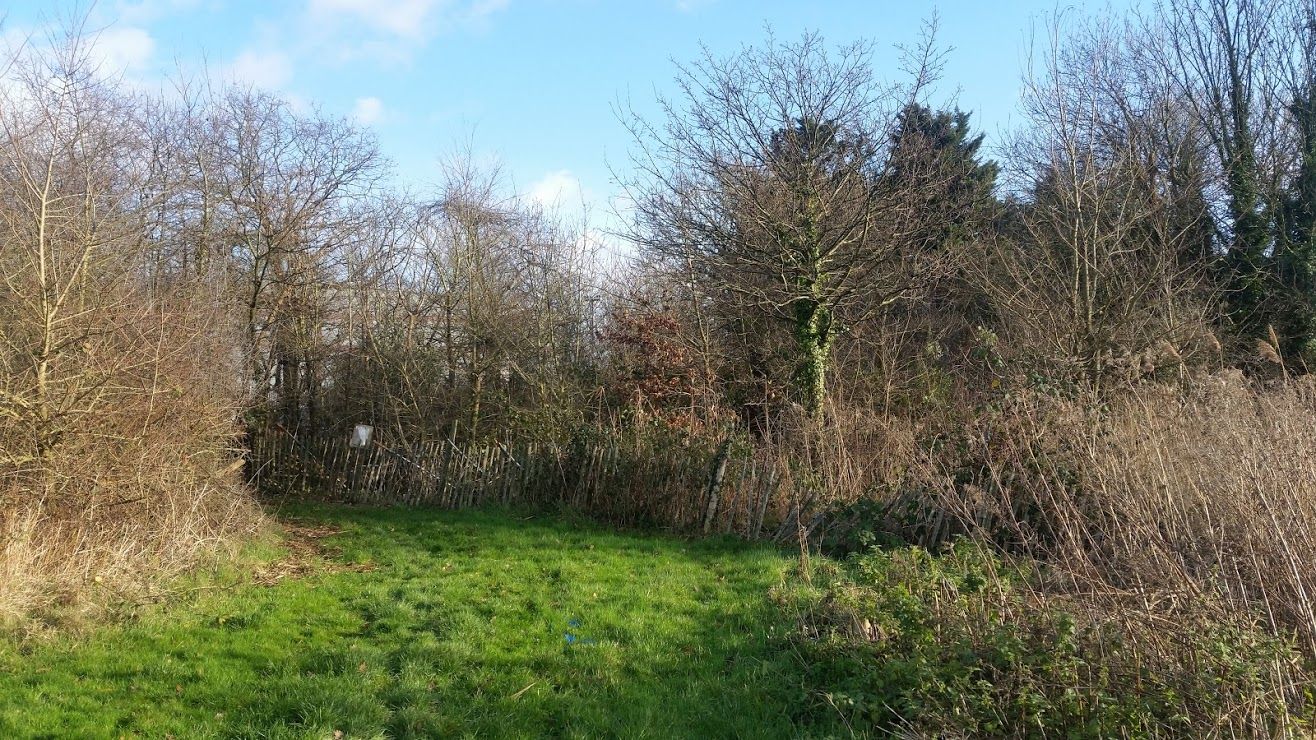CHANGING THE LIVES OF YOUNG PEOPLE.
SUPPLIMENTARY HOMESCHOOL EDUCATIONAL SUPPORT
Whether you are a homeschooler or a parent interested in providing some additional structured learning for your child, creating a learning space that is both functional and personalised is important for child’s academic success. Because each child learns differently and is comfortable in a different setting, it is important to create a learning space and we feel we have done that. combing indoor and outdoor learning.
Our brains are wired to find the combination of words, images, and action intrinsically more interesting than words alone. When multimedia is used effectively in education, learning becomes more engaging. Students become more motivated to work through lessons, and simply learn more
It’s no secret. Children are natural, creative problem-solvers. From solving puzzles today to dismantling your computer tomorrow, it’s how they learn about the world around them – and have fun! Yet 90% of educators surveyed in a recent multi-national study say schools don’t do enough to integrate creative problem-solving into curricula.
Today, it’s more important than ever for students to become independent thinkers and self-directed learners. In tomorrow’s workplace, they’ll be expected to learn-on-the-go in order to solve problems we can only imagine today. To help them meet those future challenges, we’ve redesigned our curriculum—giving students progressively more responsibility for their learning as they advance through
We want young people to have an equitable start to good education by following a more practical approach to learning. The Aspire Academy & Tuition provide supplementary educational support for young people (children), many of whom are assessed with learning difficulties or risk failing in core subjects. We help parents who are homeschooling their children with structured learning. We plan to approach and deliver teaching and learning for our learners in a different way, very much based on the 'Forest Schools' principle. Teaching and learning will take place in the fields. We have rented an allotment as the site to learn and apply English, math and science. Taking those subjects from the abstract to the practical. The learners will apply their skills on the allotment, being taught to use maths to measure, calculate and record. Science to study and grow plants, study the environment, carry out research and write reports. Plan, construct and problem solve. Deveop team working, working together to develop leadership skills. Interpreting and deliverying the national curriculum in a different way that is more sutiable to specific learning styles.
Most homeschooler are probably already aware that there are many different learning styles. Everyone has their preferred method of learning. Whether your are new to homeschooling or are an old pro, a quick review of learning styles can be beneficial. The common school of thought recognises three distinct learning styles those are:
- Auditory
- Visual
- Kinaesthetic
Children need a large amount of diverse activities to hold their attention and prevent boredom. By shifting from computer-based lessons to discussion, or from paper and pencil exercises to art projects, homeschooled children are more likely to stay engaged and benefit from different teaching methods.
Activity variety and movement are also contributing factors to a child’s learning styles. Make sure a child isn’t forced to sit through a particular activity for prolonged periods of time. Short successful bursts of educational instruction can keep children motivated and attentive throughout the day.
If working with more than one child, consider each student’s learning style and method preference. Many families find that what fits one child, may not fit another, or that what worked well one semester, may feel stale and stop working the next time around. It’s this quest to find the best curriculum for each student’s learning style which can cause parent and student frustration, not to mention be emotionally exhausting to create that perfect custom curriculum.
Home Schooling provides all round learning
In the Summer months and as the temperatures increase, it gives us the opportunity to take our homeschool studies outside. Both parents and children often find the “outdoor classroom” a refreshing change. Below you will find suggestions to help you take the learning outside. Create a Garden One outdoor activity that provides many opportunities
The project will stimulate potential learners’ skills and abilities, embedded multi-disciplines linked to the curriculum using English, maths and science, with Horticulture (Botany), Gardening, Agriculture and farming and environmental Studies (Pollution, recycling).
- The project embeds after school activities into structured teaching and learning stimulating children's motivation to learn and develop understanding of key subjects and skills
- Subjects are linked to in-class and field activities in science, maths and English
- Field activities are outside of normal class, spending 5 hours in the field
- This is a special type of home school project, combining theory with practice.
- Learners will engage in functional skills learning and building.
- Parents can participate in the project alongside their children which will bring added value and security to the project.
- Horticultural experts/teachers collaborate their experience and expertise to motivate and facilitate learning.
- Learners are helped to experience places where English, maths and science happens.
- Students are taught the theory of the environment, plants, the ecosystem and Recycling process etc, within a safe learning environment, established on site, where learners will apply their subjects, make notes, records, reports, keeping logs, labelling and keeping a video diary. Working together in groups during harvest time they will learn about produce and will include marketing and costing.
Which Curriculum Is Best For Your Child or Family
A successful homeschool curriculum program helps homeschooling parents build interesting and exciting days by combining interactive, animated activities, lessons and experiences.
How do we measure success?
We measure the success of the projects by attendance and meeting learning outcomes, set in aims and objects. During field work and learning preparation, weekly regular feedback reports, meeting with parents and exchanges with schools. Formative progressive discussion about development and achievement targets. By teaching and learning in and about the environment and equipping children with transferable skills that widens career interests, concerning conservation, environmental issues and solving local or national agricultural problems.
Lots of fun activities
Alternative days are spent learning on an allotment site.
My Son is really loving it!
Hi. I would like to recommend some brilliant classes. Antek has joined already and he is really loving it! His teacher is brilliant! He knows how to inspire the children and teach them what they need. It’s a good opportunity to integrate and learn with fun. He is connecting math, English and science in one, depending on how the flow of the class is going. The teacher has just started setting up new days for homeschooled children.
Ms K (Mum)
Exploring learning, creativity, hands on and practical for homeschool
Our Lessons explore the basic elements of English, maths and science through design such as imagery, colour, pattern, composition, language, measuring, layout and typography and explain how to evaluate their effectiveness in the creative process.










